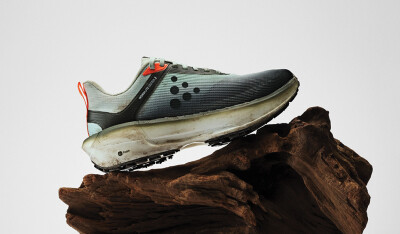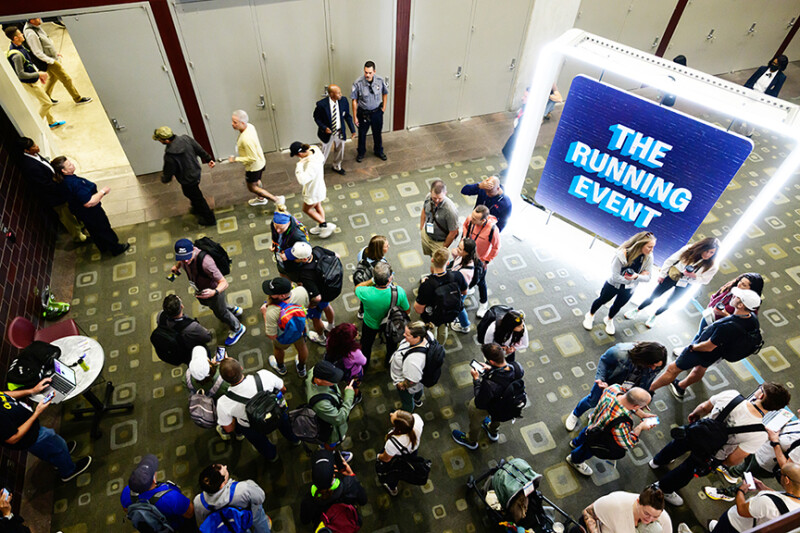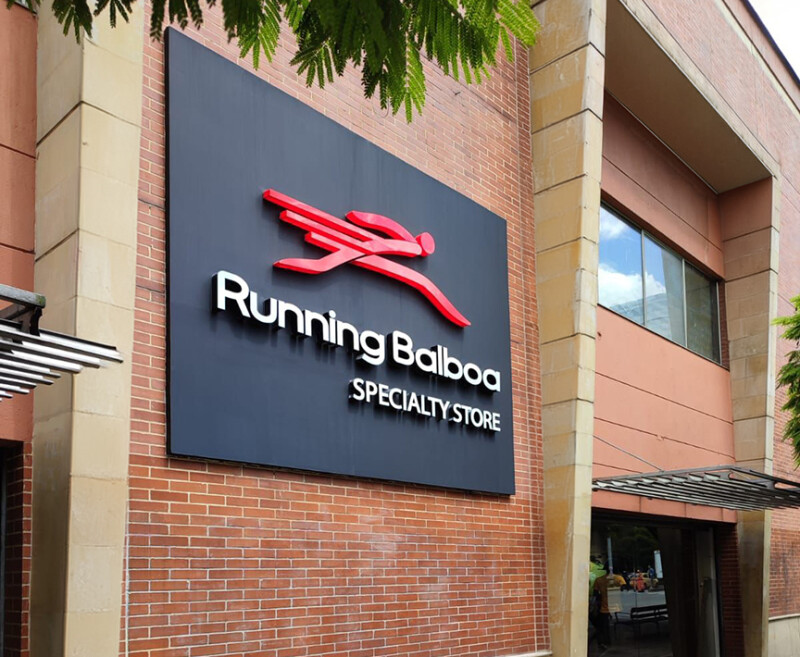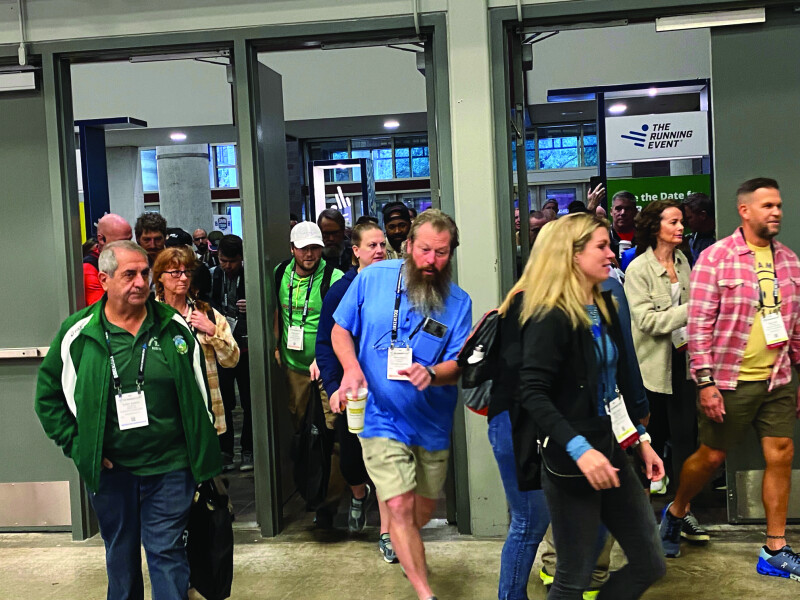Run specialty retailers attending The Running Event 2025 (TRE) this month in San Antonio, TX, will see a flurry of interesting footwear brands on the show floor. From established performance running brands to upstart entities in the recovery footwear game to outdoor and lifestyle players with assorted offerings, more than five dozen footwear-peddling brands are slated to exhibit at TRE 2025.
With footwear obviously the most prominent product category in run specialty shops, it’s only natural footwear brands attract outsized attention. While retailers will undoubtedly see compelling options and partners worthy of serious investigation at TRE, bringing a new footwear brand into the shop is rarely a simple, straightforward act. Any such decision demands critical reflection and analysis.
“It’s important to be thoughtful and that’s because we, like all run shops, have limited resources, whether it’s open-to-buy dollars, inventory space or storytelling capacity,” Eric Contreras, the owner of three Runners Plus stores in Dayton, OH, tells Running Insight.
So, what are key questions run specialty store leaders should ask before bringing a new footwear brand into their store?
1. What’s the local customer demand?
While customer requests are not the “end all be all” to Terra Running Company owner Brittany Katz, inquiries from customers about specific brands or models push a brand’s footwear onto her radar. In fact, mounting queries about Topo spurred Katz to evaluate the brand and eventually bring select Topo models into her Cleveland, TN-based running store.
“When we get a lot of requests, then we try to talk the rep, see the line and learn more, including investigating who else carries the brand in our market,” Katz says. “We always want to give customers the option to buy from us.”
Ditto for Contreras at Runners Plus.
“If we get customers asking us for a brand without our prompting, that tells us there’s something we need to explore more,” he says.
2. What’s the brand’s trajectory?
Running retailers want footwear brands moving in a positive direction with enthusiasm, energy and focus. Before bringing in any new footwear brand, Contreras assesses the brand’s trajectory by examining where it’s been over the last two years, where it is today and where it’s going, something he ascertains through conversations with brand reps and peers as well as studying market research.
“I’m building a more complete picture and forecast from a few different sources about where the brand is going,” Contreras says.
Also interested in gauging a brand’s momentum, Tim Waz, owner of Grounded Running in Beaufort, SC, probes the company’s business and product strategy. He doesn’t want to see a brand chasing trends. He appreciates commitment, discipline and focus.
“I remember Brooks’ move to GuideRails as their support mechanism,” he says. “They laid out a clear and concise path of how they were moving forward, and that gave confidence in the brand.”
3. How does the brand differentiate itself?
Today might be the golden age of performance running footwear, as more brands are producing innovative and enticing options than ever before. As such, differentiation matters. How is a brand distinguishing itself from the competition? Contreras needs answers there before bringing a new footwear brand into Runners Plus.
“We need a story that will resonate and cut through the noise,” he says. “Is it truly unique product or something easily replicated?”
A few upstart footwear brands, in particular, are sharing their stories with added verve and intent. Hylo Athletics, for instance, promotes sustainability, while Mount to Coast champions longevity.
4. What hole does the brand and its models fill on the wall?
Waz calls the shoe wall “an ever-changing kaleidoscope.” It’s not designed to be static, but evolving — and constantly so. Since opening in 2016, Waz has dropped brands and brought them back, most recently Mizuno, while also adding niche brands like Mount to Coast.
But before he ever inks a deal with a new footwear brand, Waz critically evaluates the brand’s models to determine where they fit on his shoe wall.
“Whether it’s a walking shoe or a super shoe, it has to be different than what we already have on the shoe wall. It has to fill a hole for us,” Waz says. “Sixty percent of our customers are non-runners, so do they have wide sizes and truly supportive models?”
At Terra Running Company, Katz similarly prioritizes differentiation from her existing footwear lineup. What separates the brand, its story and its footwear models from current options on the shoe wall?
“We don’t need another mid-level neutral shoe,” Katz says.
5. What’s the partnership look like going forward?
As much as Waz wants compelling models on Grounded Running’s shoe wall, he also desires “brands who show up for our store and our community” just as much. He asks questions about how the brand supports its retail partners with marketing assets, staff training, demo runs and more. He evaluates the responsiveness of the brand and its local sales rep.
“Those things carry a lot of weight with us,” he says. “At the end of the day, we want brands who align with our store, our customers and our community.”
Katz also seeks open, collaborative partners and likes to see competitive terms, including support with returns, warranty issues and payment terms.
“I understand that can be a tough ask, but it’s helpful for us as a one-door store,” she says. “I’m not much interested in bringing in a new brand if the terms and customer service are not up to par.”







